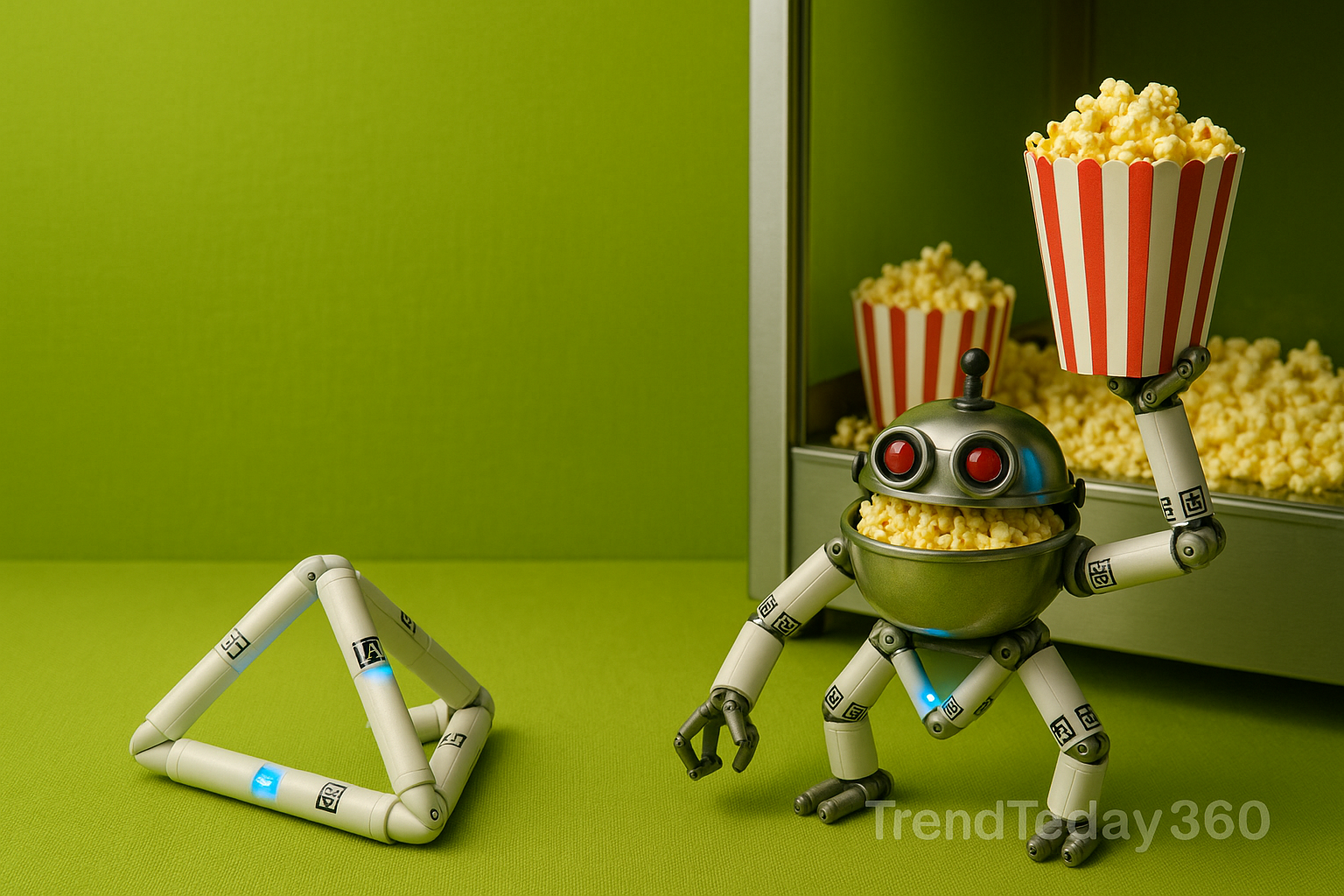In a world where robotics meets biology, scientists at Columbia University have introduced a breakthrough technology known as cannibal robots. These machines go far beyond traditional designs, developing, self-repairing, and expanding by incorporating parts from the environment or other machines. What once sounded like science fiction is now mechanical reality.
The Cannibal Robots Explained
Forget horror films: these are not monstrous machines out to destroy. Instead, cannibal robots represent an entirely new class of machines with life-like autonomy. Built using modular magnetic components called Truss Links, they start as simple sticks and evolve into climbing, walking, adaptive structures.
Each robot begins as a basic unit. As modules are added, their form and function improve, pushing robotics closer to biological capabilities.
From Simple Parts to Complex Structures
Each robot begins with six links: three form a star, three form a triangle. Combined, they become a “diamond with a tail,” which folds into a tetrahedron. This tetrahedron evolves into a ratchet tetrahedron once another link is acquired.
These transformations give robots new movement capabilities from crawling in straight lines to 3D traversal with a 66.5% speed boost downhill.
Robot Metabolism: Growing Like Life
The system is based on a concept called robot metabolism. Like biological organisms use amino acids to grow, these robots use Truss Links to expand and evolve. They don’t just think, they build and sustain themselves.
“True autonomy means robots must not only think for themselves but also physically sustain themselves.” Philippe Martin Wyder
Healing and Survival in Harsh Environments
If a robot falls and breaks, it realigns and reforms itself. If a module fails, the robot detaches and replaces it, similar to biological apoptosis. These robots can repair on the fly, a major advancement for deep-space or disaster operations.
Robots Helping Robots
These machines aren’t solo players. One robot can act as a crane to assist another’s transformation, mimicking ecosystems where species work together. This leads to robotic ecologies that function autonomously in harmony.
The Popcorn Robot Scenario
Now, imagine a robot in a movie theater that breaks, heals, and resumes serving popcorn. An amusing but real possibility. From restaurants to cinemas, these evolving machines can support real-time service automation.
Biological Roots and Engineering Innovations
These robots are inspired by life. Using modular design like biological systems, they shift, adapt, and grow. They’re no longer fixed tools. According to Director Hod Lipson:
“Biological bodies are all about adaptation. We must teach robots to use and reuse parts from other robots.”
Proven Success Through Simulations
Over 2,000 simulations showed consistent patterns. The “diamond with tail” shape appeared in 44.3% of trials. Complex shapes needed help from the environment or other robots, highlighting the concept of learning through structure.
What’s Next for Cannibal Robots?
From war zones to Martian landscapes, cannibal robots can evolve and survive. They could rebuild after explosions or traverse unknown alien terrain. But with great power comes responsibility:
- Who controls evolving machines?
- How do we ensure safety and ethics?
Despite the challenges, the opportunities are massive.
Conclusion: A Transformative Leap in Robotics
Cannibal robots are not just programmable tools; they are mechanical organisms. They think, heal, grow, and adapt. Whether serving popcorn or exploring Mars, they mark the beginning of a new era in robotics. From labs to life, the rise of the cannibal robot is a story of parts coming together to serve a purpose.
Updates by TrendToday360.







Leave a Reply